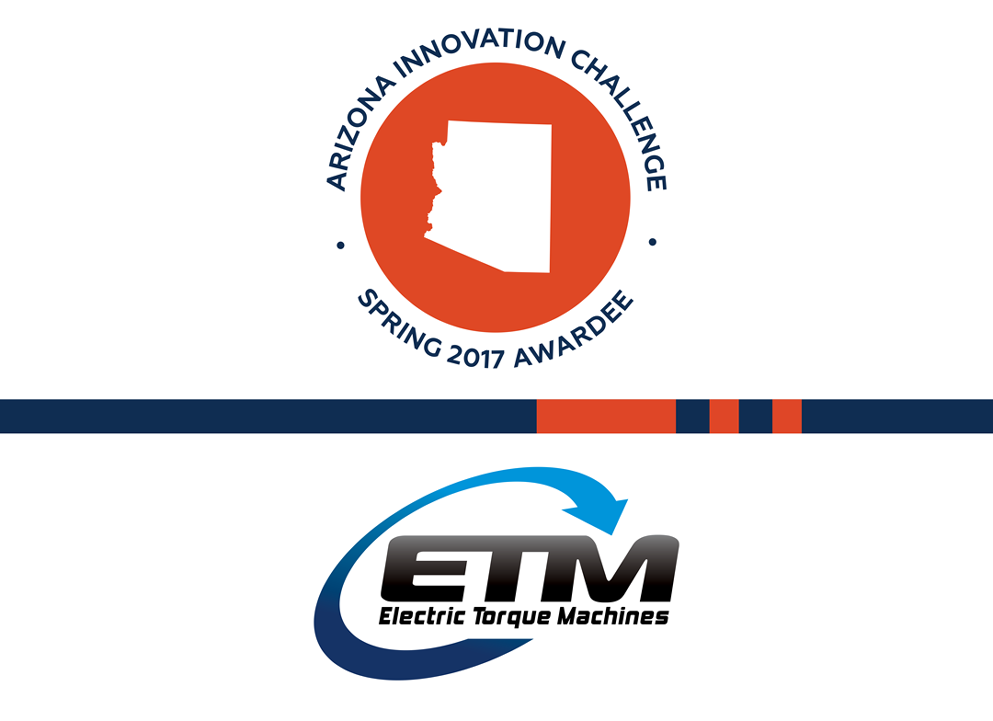A better motor for slower-speed applications has been around for decades. But no one had figured out how to mass produce it until Michael Pierce and his team at Electric Torque Machines tackled the challenge.
Ten years, $30 million and numerous patents later, the company’s motors have logged 20 million hours of real-time use, saving customers on their equipment and energy bills.
The Flagstaff-based company was a recent awardee in the Arizona Innovation Challenge, which Pierce calls an eye-opening experience. For one, it forced him to refine his 30-second elevator pitch. For another, the judges’ comments compelled him to take another look at his business plan.
“One of them said, ‘It seems like you have plenty of opportunities. Why aren’t you being more aggressive?’ It’s not something you’ve never considered, but when you have seasoned business guys challenging you on things, you give it a second thought.”
It’s not surprising that the innovation and ingenuity of Electric Torque Machines grabbed the judges’ attention – and admiration.
Traditional AC induction motors wrap copper around steel. When electricity runs through the copper, it drives magnets in the rotor. Electric Torque Machines reverses the order for its transverse flux motors – steel is wrapped around a thicker chunk of copper, which is capable of handling higher levels of current.
The breakthrough came in developing a means to scale up production using conventional materials. Until then, such motors had to be built by hand in a lab. They were a specialty item.
The result is a smaller motor that runs at low speeds – ideal for industrial-size fans, conveyor belts, warehouse garage doors or to move fluids. They eliminate the need for a gearbox because they’re designed to run at one-third or less the speed of a traditional motor.
Because “motors in general are basically sold by the pound,” Pierce says, customers save money with a smaller motor. They also save by eliminating gearboxes and the need to keep multiple parts on hand as backups. Energy costs fall.
“We’re committed to doing something that is good from a business standpoint, exciting and challenging to do, shows our technical abilities and makes the planet a better place to live,” Pierce says.
Arizona, and Flagstaff especially, has been a good place to launch the company, Pierce says. He cites Arizona’s diversity of talent, which flows from some of the larger players in the state. “Being able to attract people from cold climates or expensive places like California, we end up with a lot of flexibility. There are plenty of resources, but it’s not too crowded.”
Flagstaff is another lure.
“We have a core technical group that really loves what they’re doing. And they’re guys who want to go screaming down a mountain on a bike or go rock climbing and hiking. And then they hire another guy like that. You have motor engineers and guys camping on the side of a cliff. It’s developed into a really cool culture.”




